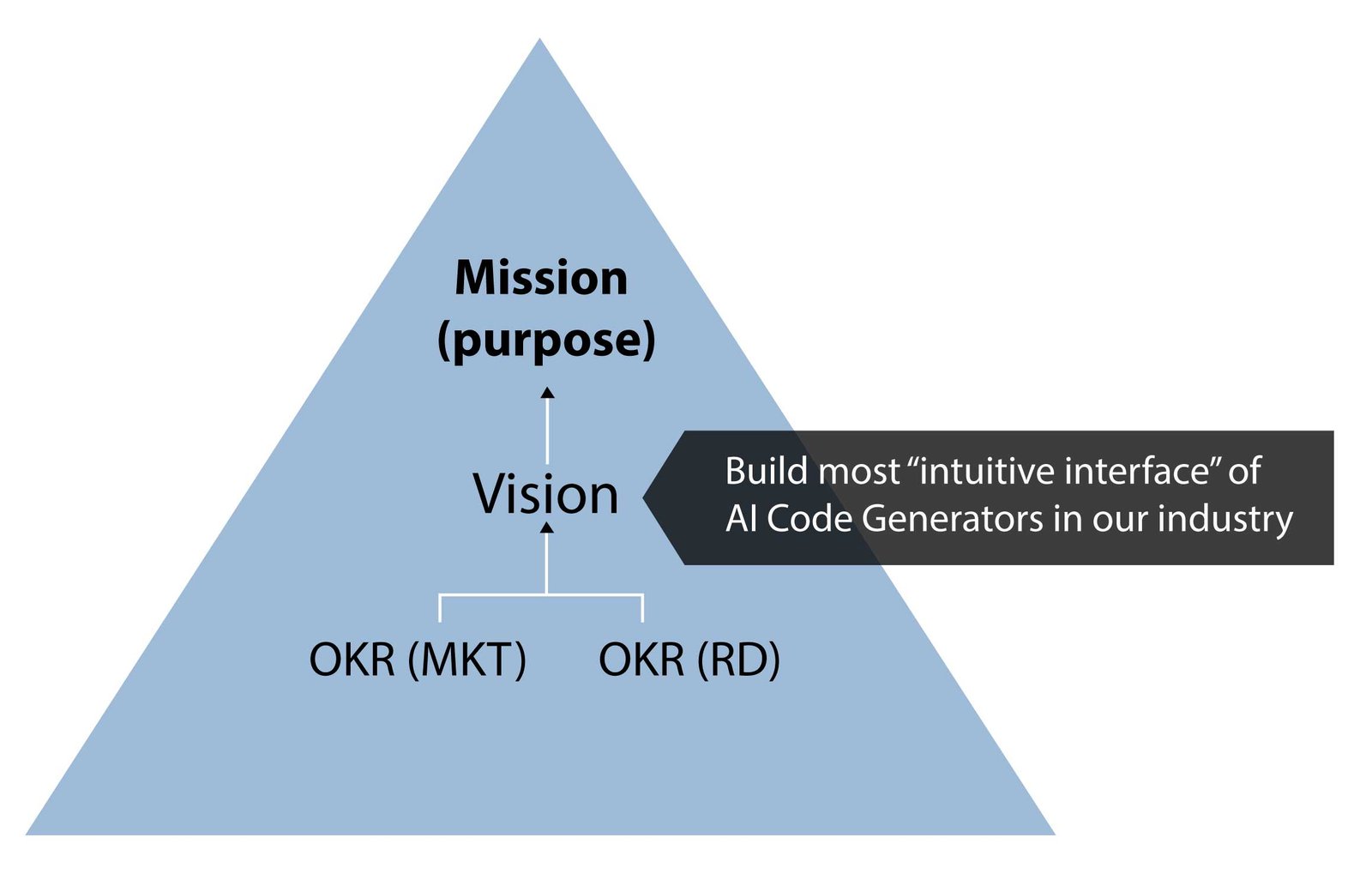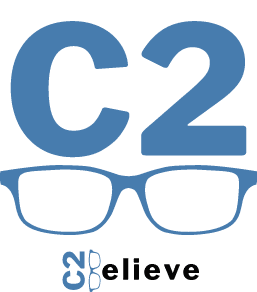Listen and follow
Introduction
How OKRs drive brand alignment.
When a company lacks alignment, even the strongest brand strategy starts to unravel—customers receive a fragmented experience, and the brand suffers.
That’s why Brand Alignment is critical: it ensures that your organization consistently communicates and applies the brand across every team and touchpoint. And it’s where OKRs (Objectives and Key Results) shine.
This goal-oriented framework doesn’t just support strategy—it actively connects your company’s mission to every action, decision, and communication. When applied to branding, OKRs help unify your message, align teams, and deliver a seamless, compelling customer experience.
New to OKRs, see “What is OKR?”。
Why is Brand Alignment important?
Brand Alignment and Touchpoints.
Brand Alignment in a company is important because inconsistencies in the way departments and teams understand, execute and communicate Brand can affect the customer experience.
These customer experiences are called touchpoints and there could be many:
• product quality
• user interface
• packaging
• user manuals
• warranty
• sales communications
• service
• advertising
• website
• and more
And why are touchpoints important? Because conflict at any touchpoint can be amplified 100 times over – this is called “negative bias”, a natural tendency for humans to accentuate the negative. It’s very bad for Brand.
Example of Brand misaligned touchpoints.
Let’s say a company mission is to “Build Home Appliances with the Best User Experience”.
- RD emphasizes UX (User Experience) guidelines for the latest Water Dispensers, and customers are generally happy with basic functionality.
- However, customers that try to implement advanced features find the user manuals maddingly frustrating to read.
- Furthermore, the sales staff and marketing data is unable to articulate the pivotal “intuitive” features and competitor comparisons – Sales are not doing well.
In this case RD has actually designed a good product. However, the “Best User Experience” was not aligned to the Documentation and Sales-Marketing Departments.
The Brand will suffer long-term consequences, as bewildered customers are frustrated with the User Manuals. And that’s why Brand Alignment is important – to cover all the touchpoints and protect your Brand.
Branding is inside-out, an important concept.
Marketing is responsible for proper communication of a company’s Brand. But more often in Taiwan, Branding is about design aesthetics, listing specs and promoting features.
However, it has become increasingly understood that Branding emanates from the core values of an organization, the “Mission” – Mission is the foundation that builds “trust” with customers, not specs and features.
It behooves marketers and all departments to always be aware of the core mission and values as a context for building products and material for the customer experience – That’s why we say that Brand is “inside-out”. But how do you get your organization to think in this way?
How to build Brand Alignment Inside-Out.
OKR is a goal-oriented management framework that contains 5 Superpowers, one of which is “Alignment”.
OKR Superpowers
- F – Focus
- A – Alignment
- C – Commitment
- T – Trackability
- S – Stretch
In OKR, the starting point is always the Mission – from there, company goals become departmental goals, then team goals, and finally individual goals – it is a cascade of goals into increasing detail.
But no matter where you are in the hierarchy, everyone can always find their way up the ladder to understand their place and purpose – this is essentially company-wide “Alignment”.

How does Brand Alignment fit into OKR?
All OKR projects emanate from the Mission, and the Mission is the foundation of the Brand. That said, every OKR owner always has the Brand in the back of their subconsious minds. And if the Brand is strong, they will infuse brand ideology into their work.
Note these iconic Mission Statements and Slogans.
- Starbucks – Nurture the Human Spirit
- Apple – Think Different
- Nike – Just do it.
Through the years they have inspired us and reinforced ideas to the point we don’t even have to think about them – and yet, they are always in the back of our minds.
Here’s an example of how Mission trickles down to Departments.
Mission : Build Top AI Code Generators to help engineers build faster and better code.
Vision: Build most “intuitive interface” of AI Code Generators in our industry
RD Department OKR.
Objective: Develop leading “intuitive” AI Python Code Generators
- Key Result: Develop 10 standards using UX principles for “Intuitive Interface”
- Key Result: Research “intuitive” solutions to 10 common Manual Coding Hurdles
- Key Result: Develop LLM chatbot to answer 85% of engineer help questions.
The RD Department directive is clear in each of their Key Results – to develop a highly intuitive product for engineers.
Marketing Department OKR.
Objective: Q1 Marketing campaign to demonstrate “most intuitive” AI Python Code Generator
- Key Result: Write 5 blogs detailing the benefits of our AI Python Code Generator as most intuitive in the market
- Key Result: Come up with 3 taglines that represent our AI Python Code Generator as the most intuitive in the market.
- Key Result: Research and Report on comparisons with 4 other competitors, showing why our product is the most intuitive in the market
So instead of just dumping out specs and features, it’s up to the marketing team to communicate why intuitive AI Code Generators are important, and how our specs and features support that better than anyone else.
Since both Marketing and RD OKRs align to a clear and common Vision, “most intuitive interface in the industry” (Vision), both teams are locked-in to help reach that goal.

Conclusion – OKR alignment empowers teams with Brand Direction and Purpose
Brand Alignment is difficult to achieve, especially with disparate departments and varieties of projects. It’s important to have a framework or structure in place to organize, synchronize, and unify Branding efforts. Otherwise Brand suffers terribly from conflict and inconsistency.
OKR is perfect for Branding because it is the unifying thread between strategic planning and Brand execution. With OKR, ideas and concepts trickle and disperse from a single point called the Mission, which is the foundation for Brand.
OKR is pervasive throughout an organization ensuring consistent and positive customer experiences at every touchpoint – and that is the basis for building Brand Loyalty.
OKR Training Classes in Taiwan
C2believe provides OKR training with classtime, exercises, and coaching.
On Site or Off Site | English or Chinese | In Taiwan (or remote)
- Introduction to OKR for leadership (2 hours)
- Team OKR Class (18 hours) – Classtime, exercises and coaching
- 8-month OKR deployment (coaching and train the trainers)
Contact us about your OKR training needs here
Look who’s using OKRs.











0 Comments